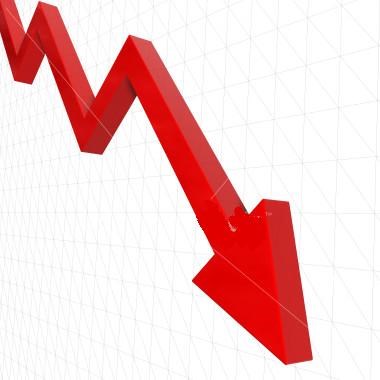“You’re always happy to see that. I think a lot of it has to do with employment and opportunities.”
— Mayor Bob Maloney
For a third straight year, Yorkton showed a significant drop in its crime severity ranking among cities with more than 10,000 population.
According to Statistics Canada, Yorkton ranked 34th in 2014 in overall crime severity out of 303 cities in the country compared to 20th overall in 2013, ninth in 2012 and seventh in 2011.
Yorkton also saw a decline in its violent crime severity index last year. In 2013, Yorkton ranked 55th in violent crime severity. Last year the city was 58th. That drop, combined with a significant decline in the non-violent crime severity ranking from 12th to 28th accounts for the decline in overall ranking.
The statistics, released July 22, do not just represent a drop relative to other cities, but an actual decline in the number of crimes year over year. The total number of criminal incidents reported in Yorkton for 2014 was 2,465 compared to 2,767 in 2013.
The number of violent criminal incidents was actually very slightly up, 352 compared to 347, but they were all lower severity violations, mostly simple assault. There were no murders or manslaughter, no criminal violations causing death of any kind, no Level 2 or 3 sexual assaults and only six aggravated assaults.
Yorkton Mayor Bob Maloney was cautiously optimistic about the numbers pointing out a single murder would have a significant impact on the ranking for a city the size of Yorkton.
Nevertheless Maloney was pleased, attributing the news at least partly to the economy.
“You’re always happy to see that,” he said. “I think a lot of it has to do with employment and opportunities.”
The downward local trend is reflective of Canadian crime statistics in general. The overall crime severity index nationally was down 8.9 per cent while violent crime severity decreased 9.97 per cent.
In Saskatchewan, the reduction closely echoed national numbers at 9.1 and 9.9 per cent respectively for overall and violent crime severity. Because Saskatchewan crime is only declining at or near the national average, the province still leads the rest of the provinces in crime severity index. Only the Northwest Territories has a higher rating.
The two big Saskatchewan cities also hold the dubious distinction of highest overall crime severity. Of the 33 largest cities in the country, referred to as census metropolitan areas (CMAs), Saskatoon and Regina hold a significant lead in overall crime severity with indices of 109.7 and 102.8 respectively. Thunder Bay, Ontario was the leader in violent crime severity followed by Saskatoon, Winnipeg then Regina.
Last year was the first time Saskatoon surpassed Regina since StatsCan shifted in 2009 from crime rate to crime severity as a better indicator of the relative safety of cities.
North Battleford holds on to the title of crime capital of Canada with the highest overall crime severity index for the sixth year running. In 2013, North Battleford also took the lead in violent crime surpassing Thompson, Manitoba, which had been Canada’s most violent city from 2010 to 2012, but dropped back to second place in that category behind William’s Lake, B.C. in 2014.
Prince Albert came fourth in overall crime severity and fifth in violent crime severity.
Western Canada remains much more crime-ridden and violent than the east. An eastern city does not appear in the violent crime severity rankings until Thunder Bay in 12th place. In the overall rankings, a city east of the Manitoba-Ontario border does not appear until 33rd place.
In fact, there are only four eastern cities in the top 50 overall and only two in the top 30 of violent crime.



